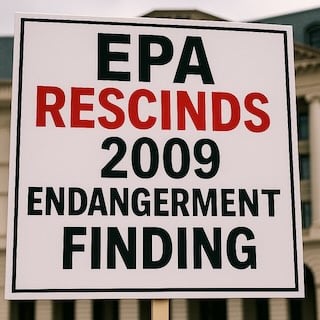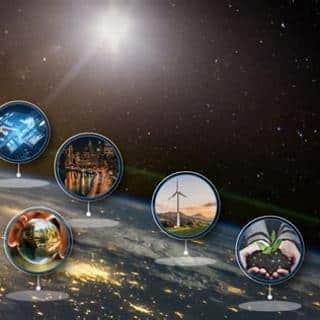Meltdown Caused Nuke Plant Explosion: Safety Body
TOKYO (Nikkei)–The Nuclear and Industrial Safety Agency (NISA) said Saturday afternoon the explosion at the Fukushima No. 1 nuclear plant could only have been caused by a meltdown of the reactor core.
The same day, Tokyo Electric Power Co. (9501), which runs the plant, began to flood the damaged reactor with seawater to cool it down, resorting to measures that could rust the reactor and force the utility to scrap it.
Cesium and iodine, by-products of nuclear fission, were detected around the plant, which would make the explosion the worst accident in the roughly 50-year history of Japanese nuclear power generation.
An explosion was heard near the plant’s No. 1 reactor about 3:30 p.m. and plumes of white smoke went up 10 minutes later. The ceiling of the building housing the reactor collapsed, according to information obtained by Fukushima prefectural authorities.
At a news conference Saturday night, Chief Cabinet Secretary Yukio Edano discounted the possibility of a significant leak of radioactive material from the accident. “The walls of the building containing the reactor were destroyed, meaning that the metal container encasing the reactor did not explode,” Edano said.
The amount of radiation detected inside the plant after 4:00 p.m. slightly exceeded the dose people can safely receive in a year, according to information obtained by the Fukushima prefectural government.
The No. 1 reactor shut down automatically soon after a massive earthquake hit the area Friday, but its emergency core cooling system failed to cool the reactor’s core sufficiently.
NISA is affiliated with the Ministry of Economy, Trade and Industry.
(The Nikkei March 13 edition)








Leave a Reply